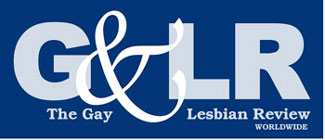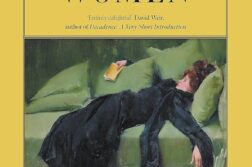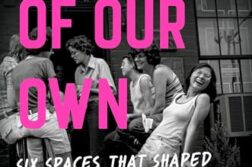Published in: March-April 2006 issue.
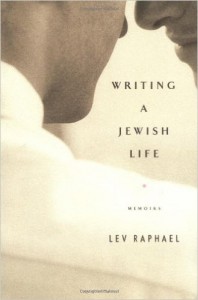 Writing a Jewish Life: Memoirs
Writing a Jewish Life: Memoirs
by Lev Raphael
Carroll & Graf. 192 pages, $14.95
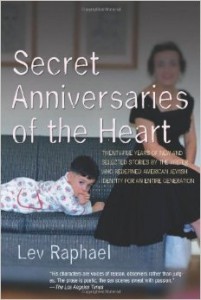 Secret Anniversaries of the Heart: New and Selected Stories
Secret Anniversaries of the Heart: New and Selected Stories
by Lev Raphael
Leapfrog Press. 248 pages, $15.95
LEV RAPHAEL was one of the first writers to contemplate the intersection of being openly gay and being openly Jewish, and has now published two new books on the topic. For those not familiar with his short story collection of 1990, Dancing on Tisha b’Av (whose title was a play on the concept of fasting on holy day), Secret Anniversaries of the Heart is a wonderful introduction to this writer’s world. About ten of the 25 stories are reprinted from Dancing on Tisha b’Av.

